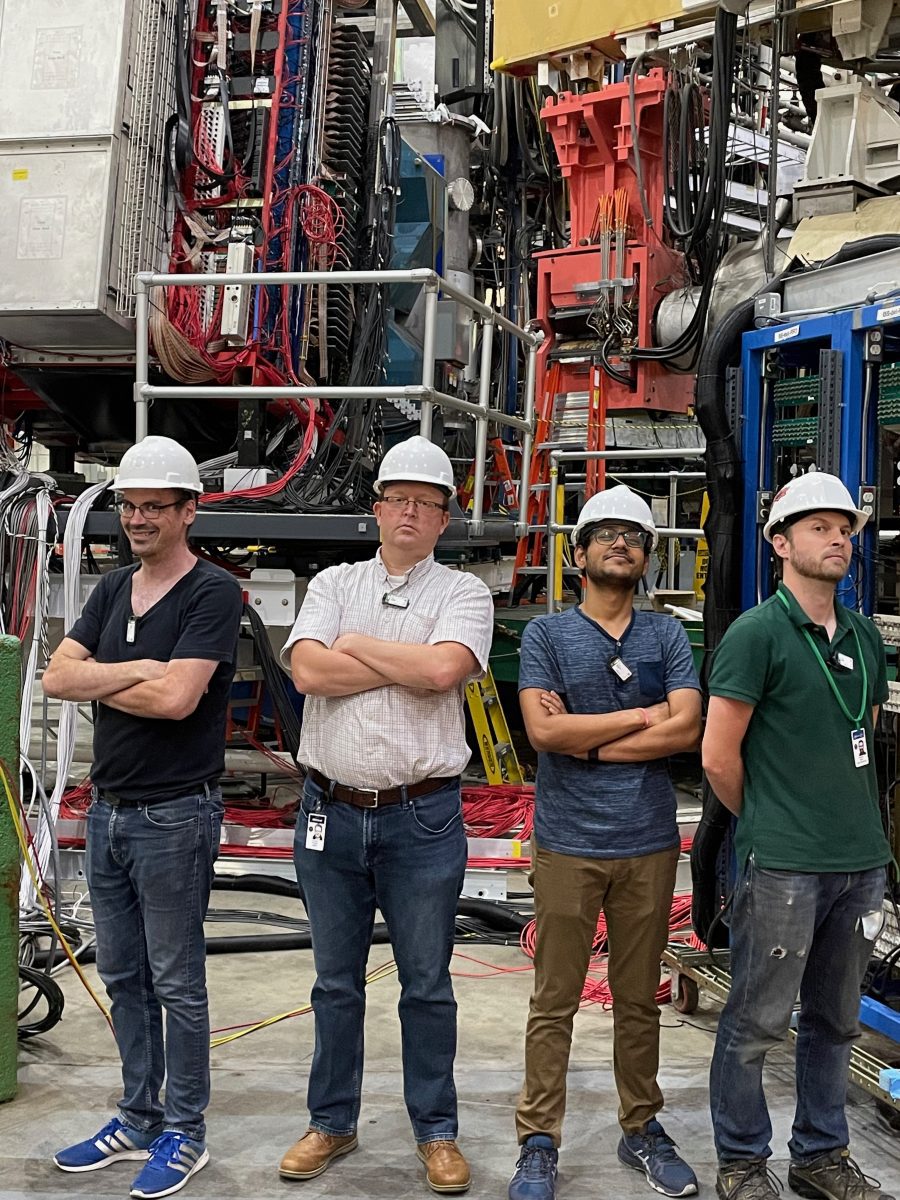As we approach the beginning of the 2021-22 school year, UConn is set for having classes in person again, students on campus, and our first taste of somewhat normal university life in a year and a half. Students, faculty, and staff are all required to be vaccinated, masks are required indoors, classrooms will be fully utilized and our labs are fully open once again. As with the rest of America, we are both excited to be coming back but nervous about what the future may hold.
The past year has been difficult for us, as with everyone else. We had been teaching most classes remotely, research labs have been open but running at reduced capacity, and our new physics building has been eerily quiet for the most part. What has surprised me the most has been the number of successes racked up within the department despite the trying times. Within this newsletter there are some great stories on some accomplishments, including the UConn contribution to the world-famous muon g-2 result, our part in the new world of multi-messenger astronomy, and Nora Berrah’s prestigious term as a Blaise Pascal International Scholar. This has also been one of our best years in winning external research funding, with particularly notable successes among our newer hires.
Another development over the past year is that the renovations of the new physics building have been largely completed and it is fully open, including the new Light Court in the center of our studio teaching labs. Physics now occupies the space that was formerly the Mathematics Building. Unfortunately, I cannot yet extend an open invitation to come visit, but I hope you will do so once the pandemic recedes and we are fully open. Given uncertainty in the health situation, we still cannot schedule major public events for this year. Our next Katzenstein Lecture is scheduled for September 23, 2022. The speaker will be Donna Strickland from the University of Waterloo (Canada), the 2018 Nobel Laureate for developing chirped pulse amplification – a key ingredient in today’s ultrafast laser technology. When the time comes, we will be sending out invitations. I hope many of you can attend the lecture, visit our building, and attend the following banquet.
I close by wishing all of us health and a successful return to a more normal kind of life over the next year.
Barry Wells
Physics Department Head
